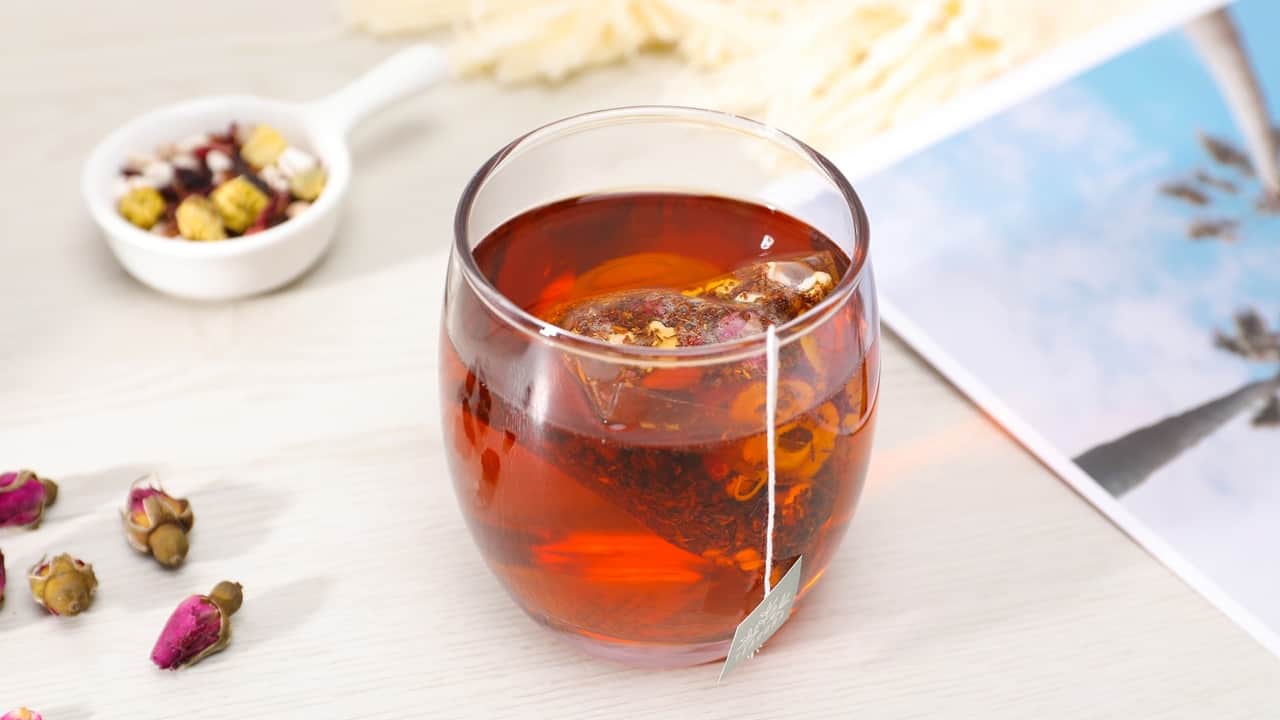As a tea connoisseur, it is important to understand the various terms used in the world of tea. One such term that holds significance in the tea community is “thick.” Recognizing this characteristic in tea can greatly enhance your tea-drinking experience. In this article, we will delve into what exactly thick means in tea terms and why it matters.
What is Thick?
Thick, in tea terms, refers to the texture and consistency of the tea liquor. It indicates the richness and full-bodied nature of the tea. When described as thick, it means that the tea has a dense and velvety texture, often coating the mouth with its lusciousness. This quality is highly desired by tea enthusiasts, as it adds depth and complexity to the overall flavor profile.
1. Viscosity and Mouthfeel
Thick tea is characterized by its viscosity and mouthfeel, creating a delightful sensation on the palate. Here are some key aspects to consider:
- The tea feels heavy and dense when sipped, almost like drinking a liquid with a higher concentration.
- It often leaves a coating on the mouth, allowing the flavors to linger for a longer duration.
- Thick tea possesses a smooth and silky texture, contributing to an enjoyable mouthfeel.
2. Origin and Processing
The thickness of tea can be influenced by its origin and the processing techniques employed. Here are a few factors to ponder:
- Teas from regions known for producing thick teas, such as China’s Yunnan and Taiwan’s Dong Ding, are likely to exhibit this quality.
- Certain tea processing methods, like grinding tea leaves into a fine powder (as in matcha), contribute to a thicker texture.
- Oxidation levels, rolling techniques, and fermentation can also affect the thickness of tea.
3. Tea Types and Thick Characteristics
While different tea types can display the attribute of thickness, some are more commonly associated with this characteristic. Here are a few examples of tea types and their thick traits:
| Tea Type | Thick Characteristics |
|---|---|
| Pu-erh | Thick, smooth, and almost syrup-like consistency with earthy undertones. |
| Oolong | Can vary from light and crisp to thick and buttery, with a lingering finish. |
| Black | Often exhibits a thick and robust body with malty or fruity flavors. |
| Matcha | Known for its incredibly thick and creamy texture, creating a velvety mouthfeel. |
4. Brewing Techniques for Thick Tea
Brewing techniques play a crucial role in bringing out the desired thickness in tea. Here are a few tips to enhance the thick attributes:
- Use higher leaf-to-water ratios to concentrate the flavors and viscosity.
- Extend steeping times to allow the flavors to fully extract, resulting in a more robust and thick liquor.
- Adjust water temperature based on the specific tea type to optimize the transformation of the leaves’ compounds.
5. Appreciating Thick Tea
Exploring and appreciating thick teas can be a delightful journey for any tea lover. Here are some final thoughts:
- Experiment with different varieties of teas known for their thick characteristics to discover your personal preferences.
- Pay attention to the mouthfeel and richness of the tea, allowing yourself to fully immerse in the experience.
- Take note of the specific flavors and aromas that complement the thick texture, enhancing the overall sensory delight.
Next time you indulge in a cup of tea, consider the thickness as an important aspect of its character. Developing an understanding of this tea term will not only enhance your tea tasting skills but also deepen your appreciation for the art of tea.

